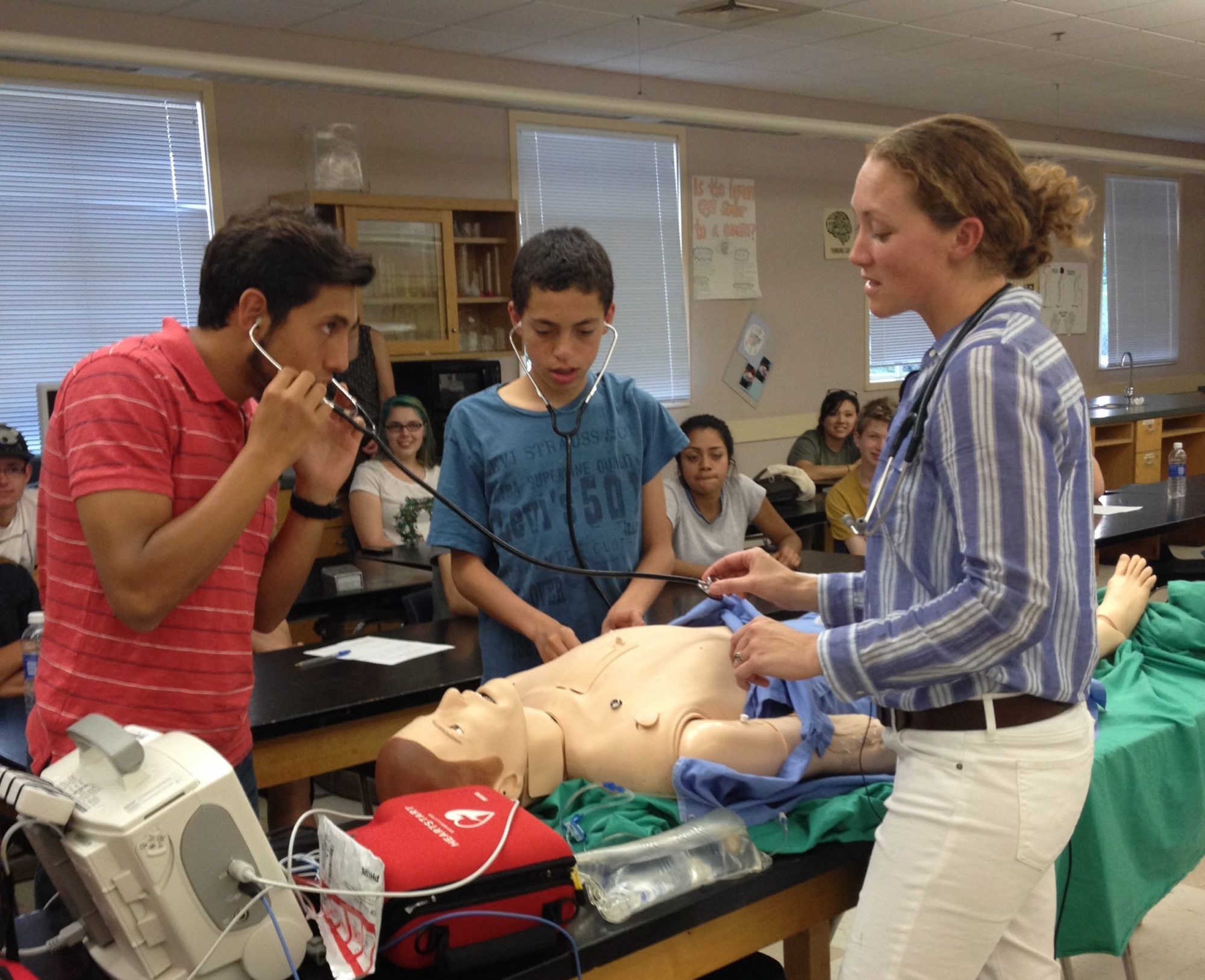Invention in Medicine
How Medical Devices get Invented and Go to Market
Art Wallace started out in experimental surgery and radiology studying imaging of the heart using CT
scanners. He has worked on a number of devices that originally were built for experimental studies that evolved into clinically useful devices including a cardiac output monitor, the off pump CABG, off pump aneurysm surgery, electronic sedation, and a selective coronary vasodialtor. Dr. Wallace will explain his experiences with the inventive process using examples from both device design and drug development. There will be a brief discussion of the importance of intellectual property, patents, venture capital, FDA approval, and business development in completing the invention process. There will be a demonstration of his recent developmental project on a non-contact, remote patient monitor designed to prevent cardiac arrests.
Dr. Wallace is a Professor of Anesthesiology and Perioperative Care at UCSF Medical Center, and Chief of Anesthesia Service at the San Francisco VA Medical Center. Dr. Wallace holds a B.S. in Engineering from Yale University and received his M.D. and Ph.D. from Johns Hopkins School of Medicine. His Ph.D. is in Biomedical Engineering. Dr. Wallace completed his anesthesiology residency and a fellowship in Cardiac Anesthesiology at UCSF.


